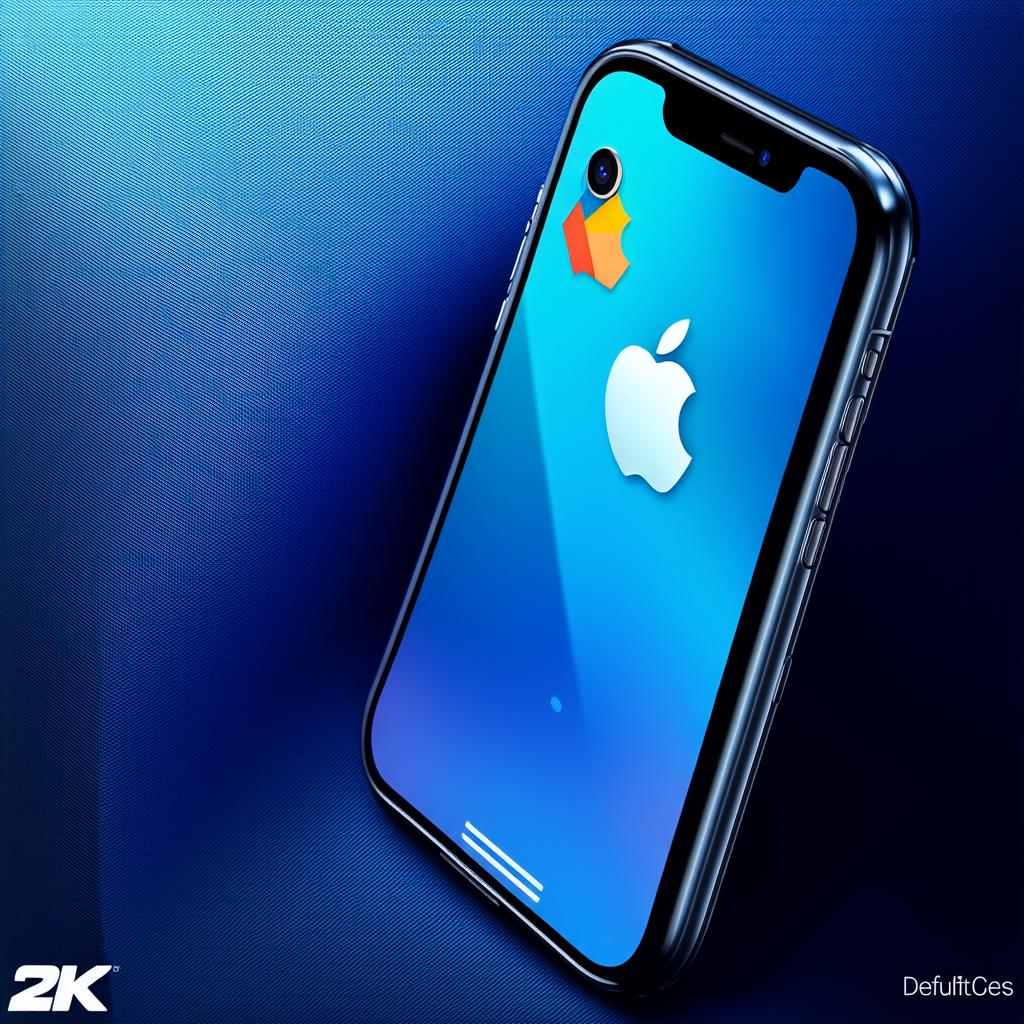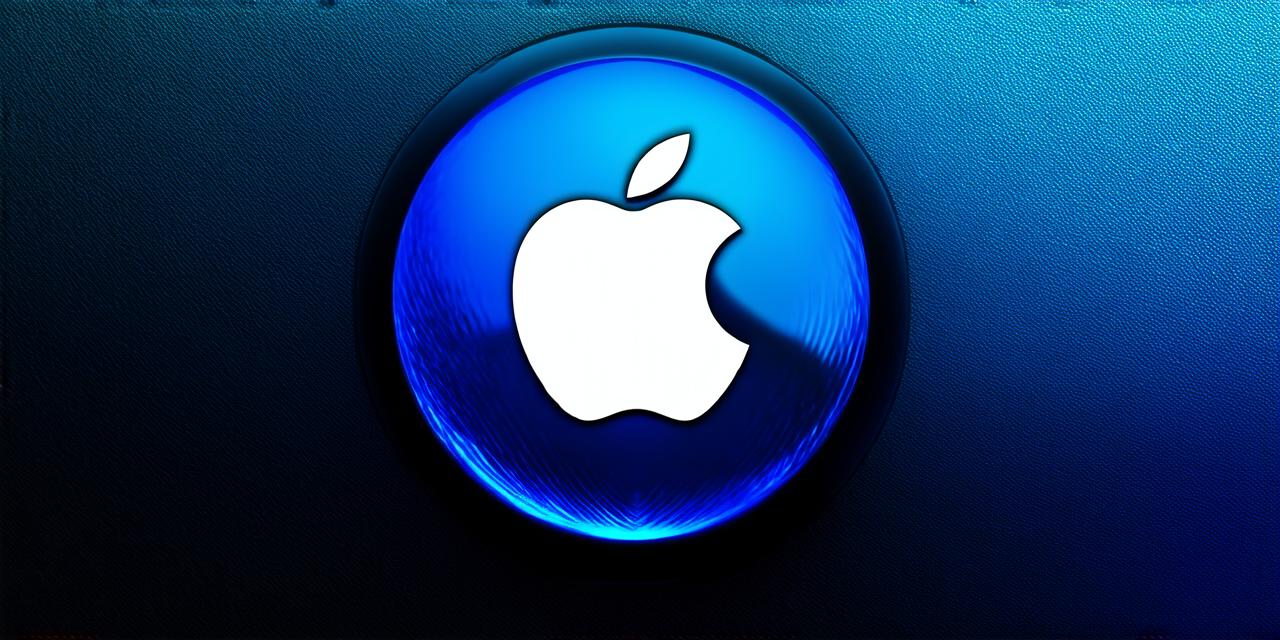As an iOS developer, you spend a lot of time working with different apps and features on your device. One of the most important settings that you need to consider is your default browser. This is the app that will be launched automatically whenever you click on a link or navigate to a website through another app.
Why is Your Default Browser Important?
Your default browser can have a significant impact on your productivity and efficiency as an iOS developer. When you’re working with code, you need to be able to quickly and easily access resources like documentation, forums, and bug tracking tools. Having a reliable and fast browser that is optimized for your device can make all the difference in terms of how quickly you can complete tasks.
In addition, your default browser can also affect your user experience when building apps. If you’re testing your app on different browsers, you need to make sure that it looks and functions properly across all of them. Having a default browser that you trust can help you ensure that your app is performing optimally in all scenarios.
How to Set Your Default Browser on iOS
Setting your default browser on iOS is easy and straightforward. Here’s how to do it:

- Open the Settings app on your device.
- Scroll down and tap on the “Default Browser App” option.
- Select the browser that you want to use as your default browser from the list of installed browsers.
- If you don’t see your preferred browser in the list, you can download and install it first.
Once you’ve set your default browser, you’ll be able to access it automatically whenever you click on a link or navigate to a website through another app.
Choosing the Right Default Browser for Your Needs
When it comes to choosing your default browser, there are several factors that you should consider. Here are some tips and best practices to keep in mind:
- Speed and performance: Look for a browser that is optimized for your device and offers fast loading times and smooth browsing experience. This is especially important if you’re working with large files or complex code.
- Cross-platform compatibility: If you work on multiple devices, it’s important to choose a browser that is available on all of them. This will ensure that you have a consistent experience across all of your devices and make it easier to switch between them.
- Features and functionality: Consider the features and functionality that are most important to you as an iOS developer. For example, if you need to access code snippets or debugging tools, look for a browser that offers these features out of the box.
- Customization options: Look for a browser that allows you to customize your browsing experience to suit your needs. This could include things like bookmarking, tab management, and extension support.
- Privacy and security: Make sure to choose a browser that prioritizes privacy and security. This is especially important if you’re working with sensitive information or need to protect your online identity.
Real-Life Examples of Default Browsers in Action
To help illustrate how default browsers work in practice, let’s look at a few real-life examples:
- A web developer who needs to access a lot of code documentation and debugging tools might choose a browser like Safari, which is optimized for macOS and offers built-in support for debugging and code snippets.
- A mobile app developer who needs to test their app on multiple devices and platforms might choose a browser like Google Chrome, which is available on both iOS and Android and offers cross-platform compatibility and easy extension support.
